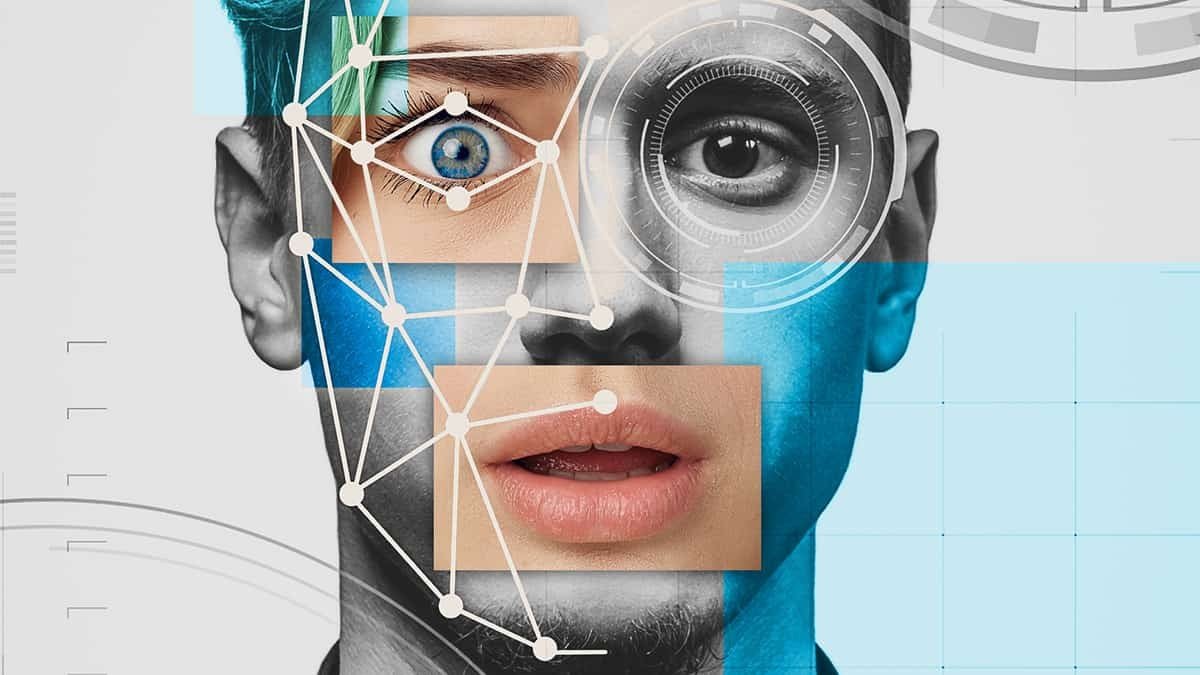Deepfakes, hyper-realistic videos manipulated with artificial intelligence (AI), are posing a growing threat to corporate reputations, individual rights, and public trust. As this technology becomes more sophisticated and accessible, businesses must urgently grapple with the ethical implications of deepfakes and how to protect themselves and stakeholders.
Key Highlights:
- Deepfakes can be used to spread misinformation, damage reputations, and even commit fraud.
- Companies need to develop clear policies and procedures for detecting and responding to deepfakes.
- There is a need for collaboration between businesses, governments, and technology platforms to address the deepfake challenge.
- Educating employees and the public about deepfakes is essential.
What are Deepfakes?
Deepfakes are synthetic media, often videos, in which a person’s likeness is replaced with that of another. AI algorithms are used to manipulate facial expressions, voice, and body movements, making it incredibly difficult to distinguish deepfakes from real footage.
The Dangers of Deepfakes in the Corporate World
Deepfakes can have devastating consequences for businesses:
- Reputational Damage: A deepfake could portray a corporate executive making offensive statements, committing illegal acts, or endorsing controversial ideologies, leading to public backlash and loss of consumer confidence.
- Market Manipulation: Fraudsters could use deepfakes to impersonate CEOs or financial experts to manipulate stock prices or influence investment decisions.
- Cybersecurity Breaches: Deepfakes could trick employees into divulging sensitive corporate information or granting access to internal systems.
- Disinformation Campaigns: Hostile actors could use deepfakes to spread false narratives about a company or its products, potentially harming its competitive advantage.
How Can Companies Protect Themselves?
Businesses need to act proactively to safeguard themselves from the threats posed by deepfakes:
- Develop Deepfake Policies: Establish clear internal guidelines on how to handle suspected deepfakes, including detection, reporting, and response mechanisms.
- Invest in Detection Technology: Utilize AI-powered deepfake detection tools to identify potentially harmful content targeting the company.
- Employee Training: Educate employees on identifying deepfakes, the potential risks, and appropriate reporting procedures.
- Partner with Fact-Checkers: Collaborate with independent fact-checking organizations and social media platforms to quickly verify and debunk deepfake content.
The Importance of Collaboration
Addressing the complex challenges of deepfakes requires a collaborative effort:
- Industry Cooperation: Businesses need to share best practices and intelligence on deepfake threats.
- Government Regulations: Policymakers should work on establishing clear laws and regulations on the creation and distribution of harmful deepfakes.
- Tech Platform Responsibility: Social media companies need to improve deepfake detection and take swift action to remove harmful content.
The Way Forward
Deepfakes represent a significant challenge in the digital age. While there’s no single solution, companies that prioritize awareness, preparedness, and collaborative action can mitigate the risks. The importance of media literacy and critical thinking skills for both employees and the public cannot be overstated.
The ability to manipulate reality through deepfakes challenges the fundamental notion of truth, making corporate responsibility in safeguarding trust paramount. As deepfake technology continues to evolve, businesses must stay vigilant and adapt their strategies to uphold integrity in an era of sophisticated deception.







